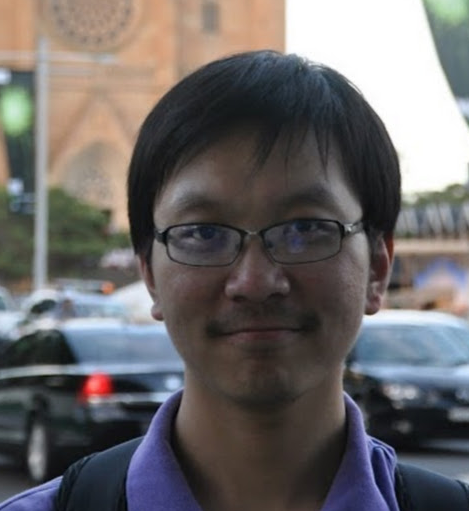
Bo Dai
My research interests lie on designing principled machine learning methods. Currently, I mainly focus on three major themes:
- Reinforcement learning: design effective algorithms by exploiting the intrinsic structures in the uncertain dynamics for automatic decision making.
- Learning to design algorithms: improve the algorithms, e.g., sampling, searching and planning, by leveraging empirical experiences.
- Structured input and output: build effective models for capturing the structures information in input and output, e.g., binaries, sequences, programs, trees, and graphs.
Research Areas
Authored Publications
Sort By
Google
UQE: A Query Engine for Unstructured Databases
Hanjun Dai
Bethany Wang
Sherry Yang
Phitchaya Mangpo Phothilimthana
Advances in Neural Information Processing Systems (NeurIPS) (2024)
LEGO: Latent Execution-Guided Reasoning for Multi-Hop Question Answering on Knowledge Graphs
Hongyu Ren
Hanjun Dai
Michihiro Yasunaga
Haitian Sun
Jure Leskovec
ICML 2021
On the Optimality of Batch Policy Optimization Algorithms
Chenjun Xiao
Yifan Wu
Tor Lattimore
Jincheng Mei
Lihong Li
ICML 2021 (2021)
